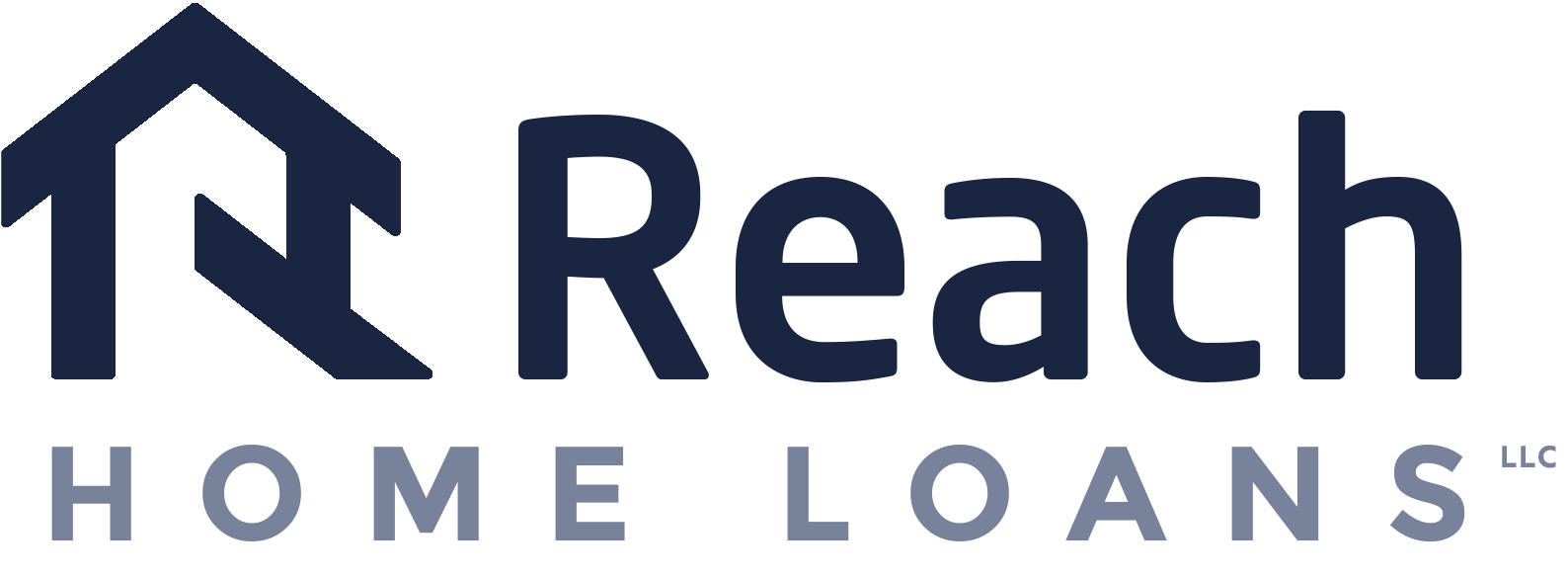Optimize Your Homebuying Prospective with Conventional Mortgage Loans
Optimize Your Homebuying Prospective with Conventional Mortgage Loans
Blog Article
The Important Factors to Take Into Consideration When Finding In Between Fixed-Rate and Adjustable-Rate Home Mortgage Car Loans
When examining mortgage choices, customers encounter a critical choice between adjustable-rate and fixed-rate finances, each providing potential risks and distinct advantages. Key factors to consider such as interest price stability, predictability in regular monthly payments, and the effects of prospective rate changes can dramatically affect long-term monetary health.
Passion Rate Security
When picking a home mortgage, comprehending interest rate security is essential for educated decision-making. Interest rates can considerably affect the total cost of a mortgage, and identifying the nature of these rates is necessary for consumers.
On the various other hand, variable-rate mortgages (ARMs) begin with lower preliminary prices that might transform occasionally based upon market problems. While this can cause reduced repayments originally, it additionally presents unpredictability, as consumers might encounter increased payments if rate of interest rise. For those thinking about an ARM, it is crucial to examine the chance of price adjustments, the possibility for settlement rises, and the size of the first fixed-rate duration.
Eventually, the option in between adjustable-rate and fixed-rate home mortgages pivots on private danger tolerance and financial circumstances. Comprehending rate of interest stability helps consumers make informed decisions that align with their lasting monetary objectives.
Monthly Payment Predictability
While debtors often focus on rate of interest stability, the predictability of regular monthly payments is similarly vital in the home loan option process (Conventional mortgage loans). Regular monthly settlement predictability plays an essential function in budgeting and monetary planning, as it directly influences a property owner's capital and total monetary wellness
Fixed-rate home mortgages offer a regular regular monthly settlement throughout the life of the financing, enabling borrowers to expect and plan their costs efficiently. This security can be particularly useful for novice buyers or those on a fixed revenue, as it eliminates the unpredictability connected with changing settlements.
On the other hand, adjustable-rate home mortgages (ARMs) usually include lower preliminary settlements that can alter gradually, leading to prospective irregularity in monthly responsibilities. While originally appealing, this unpredictability can complicate monetary preparation, particularly if borrowers do not account for future rate modifications.
Prospective Rate Changes
In the world of variable-rate mortgages (ARMs), potential price adjustments stand for a considerable factor that customers must carefully think about. Unlike fixed-rate mortgages, where the rate of interest continues to be unchanged for the life of the car loan, ARMs are defined by changing rates of interest that are linked to market indices. This irregularity can bring about significant adjustments in month-to-month settlements, influencing the consumer's economic preparation and budgeting.
Commonly, ARMs have an initial fixed-rate duration throughout which the rate of interest rate is steady. After this period, nonetheless, the price changes at established intervals-- commonly each year. Consumers have to understand the margin and index utilized to calculate these adjustments, as they directly affect future rate of interest. In addition, ARMs commonly include caps that limit exactly how much the rates of interest can boost at each adjustment and over the life of the lending, click for source which can offer some level of protection versus drastic price walkings.
Understanding these prospective changes is important for debtors, as they straight influence long-term payment commitments. Examining personal economic situations and risk resistance is vital when choosing whether an ARM aligns with one's monetary objectives.
Funding Term Factors To Consider
Lending term considerations play an essential function in the decision-making process for debtors picking between fixed-rate and adjustable-rate mortgages. The length of the finance term considerably affects monthly settlements, rate of interest prices, and general monetary preparation.

Ultimately, borrowers must assess their individual scenarios, monetary objectives, and market problems when evaluating the implications of financing term selections within each home loan type.

Total Cost of Loaning
Fixed-rate home mortgages offer predictable month-to-month settlements, as the interest rate stays consistent throughout the lending term. This predictability can lead to lower general costs, particularly in a secure or decreasing passion price environment.
Conversely, variable-rate mortgages (ARMs) commonly begin with reduced initial rates, resulting in decreased upfront prices. However, these rates can increase after an initial period, leading to potentially higher long-term costs. Consumers have to take into consideration the regularity and level of price changes, along with the general finance period, to precisely analyze the economic effects.
In addition, the total price of loaning incorporates not only rates of interest but also costs and various other connected costs, such as shutting prices and insurance policy (Conventional mortgage loans). When examining home mortgage choices, customers should perform a complete cost evaluation over the see life of the finance. By see doing so, they can make an educated choice that lines up with their financial objectives and risk resistance
Conclusion
Passion price security and monthly repayment predictability are vital for reliable budgeting, while the potential for rate changes in ARMs introduces monetary uncertainty. Furthermore, the awaited period of homeownership and the total cost of borrowing, including interest rates and connected costs, have to align with private monetary situations and risk resistance.
Secret factors to consider such as passion rate stability, predictability in monthly payments, and the effects of potential rate adjustments can significantly affect lasting economic health and wellness. Interest rates can substantially affect the general cost of a mortgage, and recognizing the nature of these rates is necessary for consumers. Unlike fixed-rate mortgages, where the passion rate stays the same for the life of the loan, ARMs are defined by varying passion prices that are connected to market indices. Furthermore, ARMs often consist of caps that restrict how a lot the rate of interest price can raise at each adjustment and over the life of the loan, which can provide some degree of security against radical rate walks.
Passion rate security and regular monthly payment predictability are paramount for efficient budgeting, while the potential for price modifications in ARMs introduces financial unpredictability.
Report this page